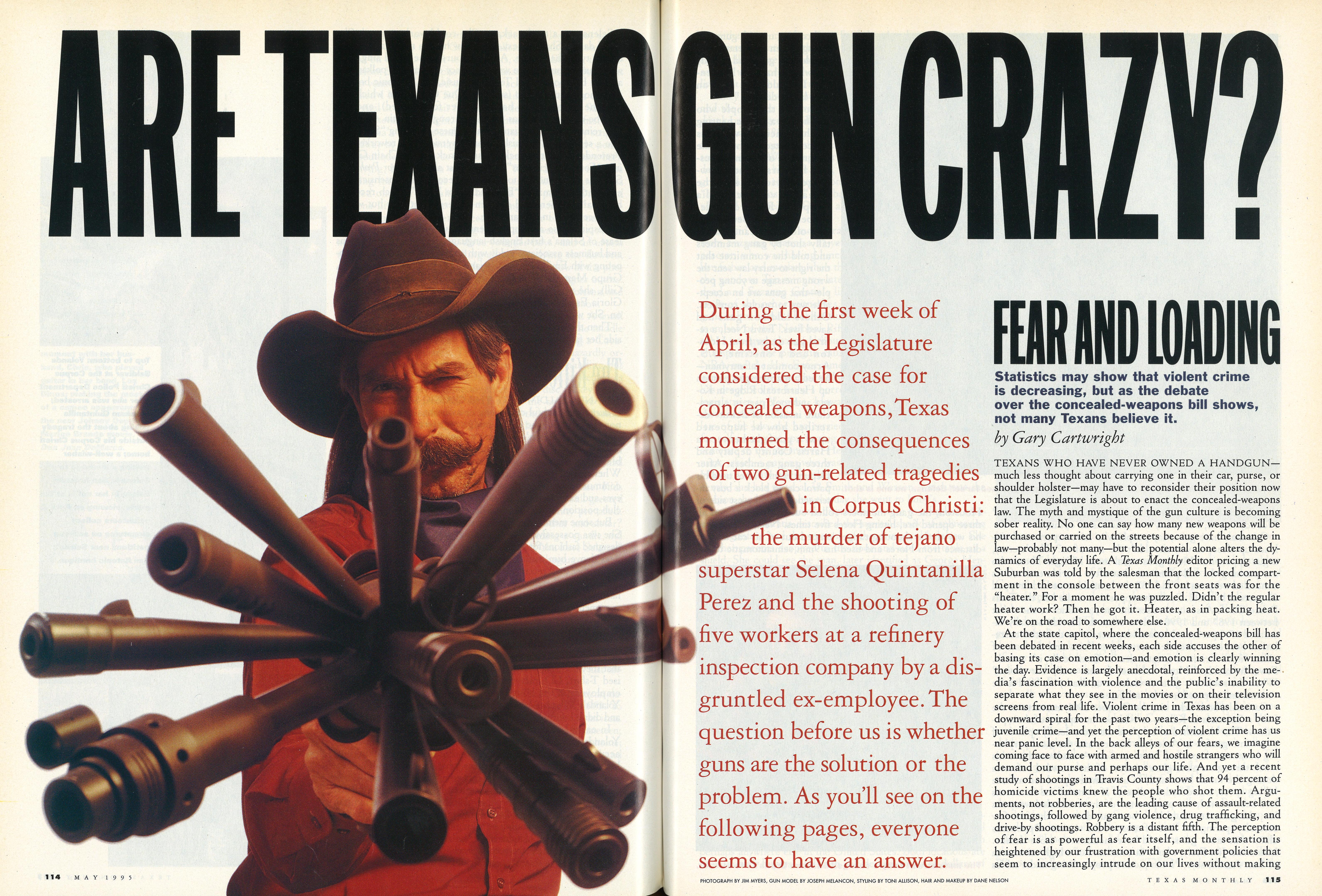
However films from the 1950s have similar sounds, and both film-makers and audiences back then had personal experience of hearing that with real bullets. Rogem's Finnish film was set in a forest.įor most of us, we aren't in a position to confirm what a ricochet off a hard surface sounds like. In Casino Royale, the surfaces are predominantly drywall and wood, and bullets will tend to penetrate. In your For your eyes only clip, the surfaces are entirely concrete and metal, and it's reasonable to expect ricochets. The sound you're hearing is (supposed to be) not the sound of the gun itself, but the sound of the bullet ricocheting off a surface. The more provocative thing to realize is that movies today are just as artificial in their tropes and effects, and a few years from now audiences will look back on current year movies and be just as amused.Īs far as the high-pitched noise goes, you might want to think about what's being shown. It's why cars of the era were guaranteed to explode into fireballs when shot with bullets- because that's what cars are supposed to do when shot. What had been hit, and where had the bullet been deflected?īut you really answered your own question: Gun battles sounded like that because that's how gun battles sounded. I often wondered where the ricochets were coming from, myself. At the time, those KAPOING, POW and ZOINK sounds were shorthand for "this is an exciting and dangerous (but also fun) gun battle". What you have to do, most of the time, is what the audience expects. You can't just "be realistic", because-to answer your question finally-the audience won't buy it. So, if you're a foley, what do you do? You're not working in a vacuum. If you've been in proximity to a gun, you know that not only does sound equipment not capture it, you probably wouldn't want to be in a theater where it was duplicated (as it would hurt your ears terribly). If you've ever heard a fight, for example, you know it doesn't sound anything like a movie. Gun and fighting sounds present a bigger, subtler problem. The audience's expectations were forever changed. Then, of course, Star Wars comes along and all of a sudden ships are screaming through space right and left, and basically destroys the "silent space" thing for all but the most serious of sci-fi.

Fairly close given the limitations of the technology, right? And Rocketship X-M is mostly silent in space, but not completely-because boring!-and then in the late '60s with 2001 and Planet of the Apes, you got a lot of silence in space. In the '50s, a realistic rocket sounded like this.

Let's take a really blatant example that will reflect back on the gunshot question. And when that is done, it generally sounds cheap and lacks any kind of emotional impact which is after all the point of effects and movies generally. Now, why does anything sound the way it does in a movie? Do they record the actual thing in the actual environment and then play it? Almost never. This Mystery Science Theater 3000 sketch is one of my favorite lampoonings illustrating your very question. In the earliest radio and recording days, there were very simple techniques used to foley, though I think nowadays we tend to underestimate how cunning the early artists got. If we look at the art of foleying-for this is what we're talking about-it's sort of interesting to note that it's always been at least as much a fashionable thing as a technological thing. To answer this, let's take a quick look at Merriam-Webster's definition of "art", specifically the section on synonyms:ĪRT, SKILL, CUNNING, ARTIFICE, CRAFT mean the faculty of executing well what one has devised.


 0 kommentar(er)
0 kommentar(er)
